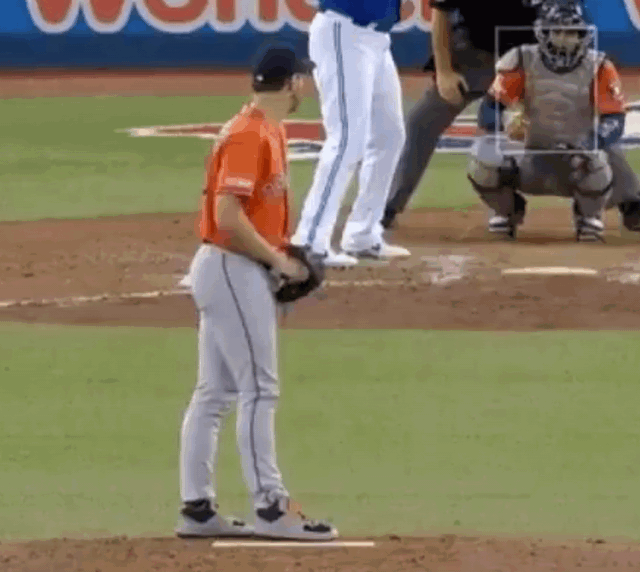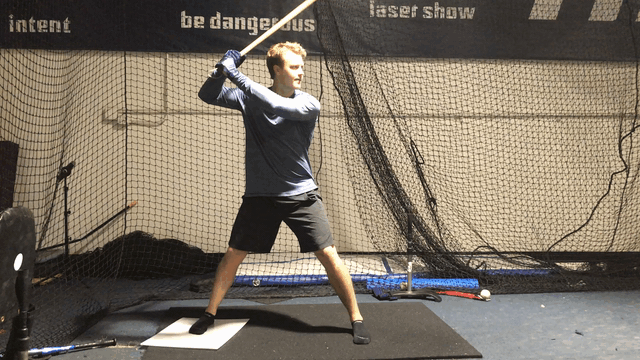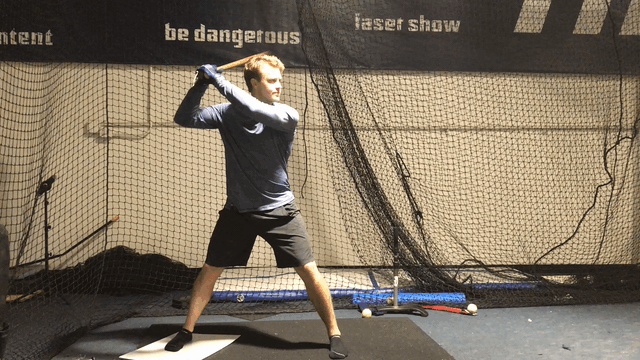Athletes are going to acquire specific adaptations over time that are beneficial to success in their respective sport. These adaptations depend on the task required and the environment in which it is accomplished. For example, kids who spend a lot of time throwing when they’re younger will acquire retroversion in their throwing shoulder to allow for more external rotation. These kinds of adaptations are totally normal and necessary to optimize performance, but it becomes a problem when we look at these adaptations through the lense of the general population. If we don’t take into context the demands of the specific activity, we’re likely to look at these adaptations as limitations (i.e. GIRD in this case) and ultimately take away what probably made them so good in the first place.
Stuart McMillan, CEO of ALTIS, collected information on some of the best sprinters in the world and found most of them had tight hips, low backs, hamstrings, ankles, and occasionally some anterior pelvic tilt. If someone with no context for the demands of the sprinting examined one of these athletes, they’d throw red flags all over the place. They’d claim that tightness in those areas puts them at risk for injury and most likely put them on mobility programs designed to open up some of those areas. However, these adaptations are not detrimental – they’re beneficial. Years of running, leaping, bounding, and sprinting turned their legs into tightly bound springs (I don’t know about you, but I’d want springs for legs if my job was to run fast). Comparing the body of a Joe Schmo to the body of an elite sprinter is as apples to oranges as it can possibly get. Joe Schmo does not need a tight low back, hips, hamstrings, or ankles because he does not sprint for a living. Treating a Joe Schmo and an elite sprinter the same way is a recipe for disaster – but we do it too often in sports.
Eugene has collected information on some of the best athletes that have walked into his facility and he has found a large number of them present with tight hips – specifically, a lack of internal rotation (IR) in the rear hip. The average physician would see this as a problem and prescribe a plan to open them up, but Eugene would argue the opposite. Just the way sprinters developed tightness in specific areas to develop human springs, he thinks baseball players have developed similar adaptations that are beneficial to their success. He talked about this in his book Old School vs. New School: The Application of Data and Technology into Baseball saying:
“Movement is created through the combination of constraints placed on a system, the neurological pathways that have been patterned into the system, and the human body’s limitations or ability to create those movements. From our vantage point, more often than not, the movement a player creates is more likely to be the cause of injury than how the body is designed. . . Perhaps if we stopped comparing baseball bodies to normal individuals, and we started comparing them to a cross-section of elite baseball players, we may actually figure some things out.”
Adaptations are not limitations – adaptations are created to optimize performance. We’re more likely to create problems by undoing some of these adaptations rather than addressing the movement that’s created. Instead, we should strive to work so our coaching utilizes those adaptations to maximize their success. If you have a guy who lacks IR in the back hip, just tell them to toe out like someone who’s squatting. If you have a guy who lacks IR in the lead hip, tell them to stride more open. Who says that giving them more IR is going to be a good idea to start with? If you give a raft tied to a boat 30 more feet of slack, what’s going to happen when the boat cranks on the accelerator?

Assessing for adaptations is a crucial starting point so you can understand the context behind the movement being created. However, throwing red flags all over the place because their numbers don’t stack up against the general population isn’t a great plan. Every athlete is different and some might need to mobilize specific areas that have become tight from poor movement. However, it’s important to use common sense before jumping to conclusions about a population that represents less than one percent of the world. If you have a bunch of athletes who throw all 95 and present with tight hips, maybe tight hips aren’t an issue after all.
Why you should rethink telling your players not to “roll their wrists”
“Don’t roll your wrists” is a common cue you’ll hear after a hitter rolls over a ground ball to the pull side. The cue is used to prevent players from cutting off their swing and losing direction to the middle of the field. The intention behind the cue is good, but the application doesn’t match up to what a lot of the best players in the game do. If we want to deliver the barrel into contact, we need to “roll” the top hand over – not keep it inside the ball.

Players who don’t want to roll their wrists are going to commonly think about staying inside the ball longer. Staying inside the ball is good until your barrel gets stuck and you can’t deliver it to the baseball. Because the athlete is so worried about rolling over, they lose space and put themselves in a position where they can’t put force into the baseball. This leads to more ground balls (kind of the whole point of not rolling over), opposite field flairs, and pop ups.
Eugene has worked with athletes who had issues delivering the barrel because they were worried about rolling over. To create a better move, he has cued athletes to do what they’ve been told not to do: Roll over out in front as hard as you can. See the difference below:


If you have a hitter who’s killing gophers in batting practice, try a new approach and get him to roll his hands over out in front. You’d be surprised what a difference it could make.

